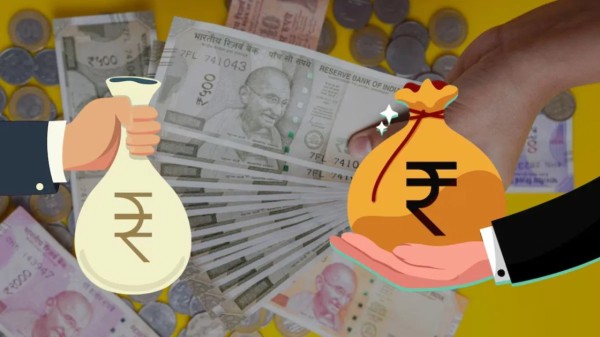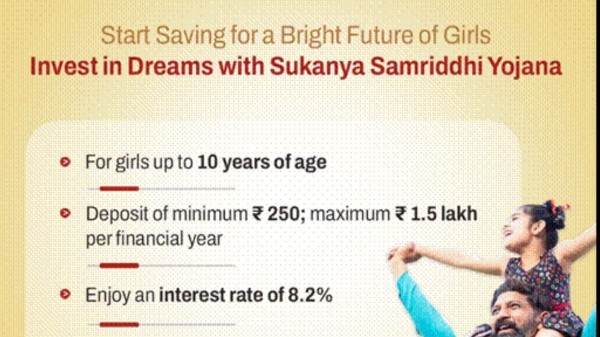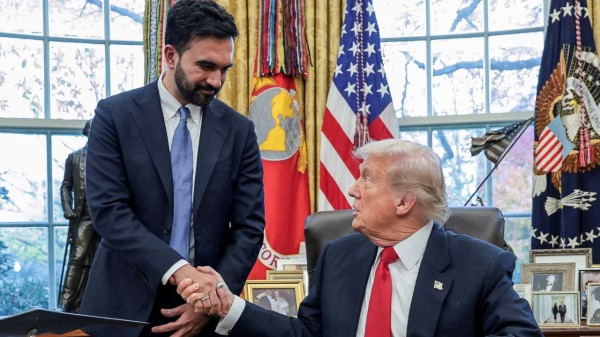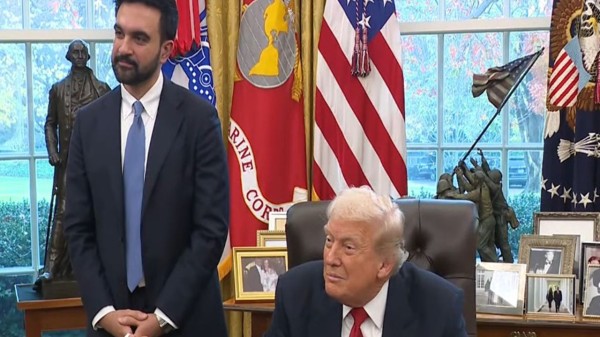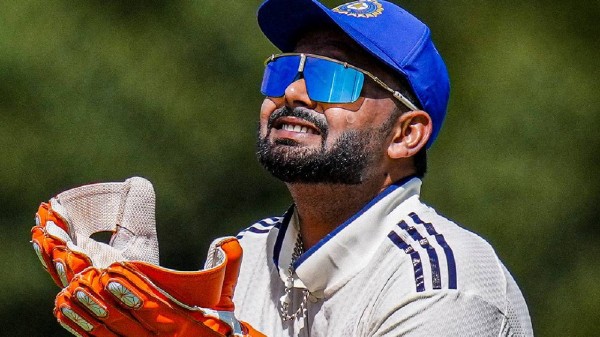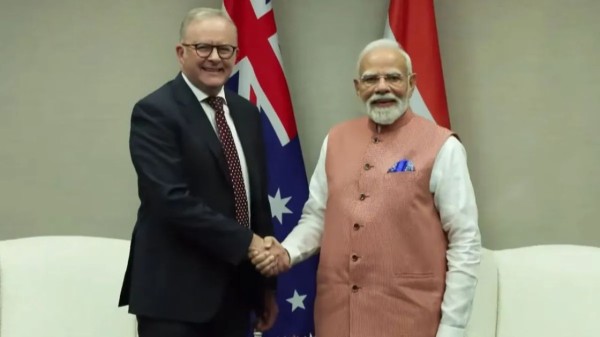

By signing in or creating an account, you agree with Associated Broadcasting Company's Terms & Conditions and Privacy Policy.


By signing in or creating an account, you agree with Associated Broadcasting Company's Terms & Conditions and Privacy Policy.
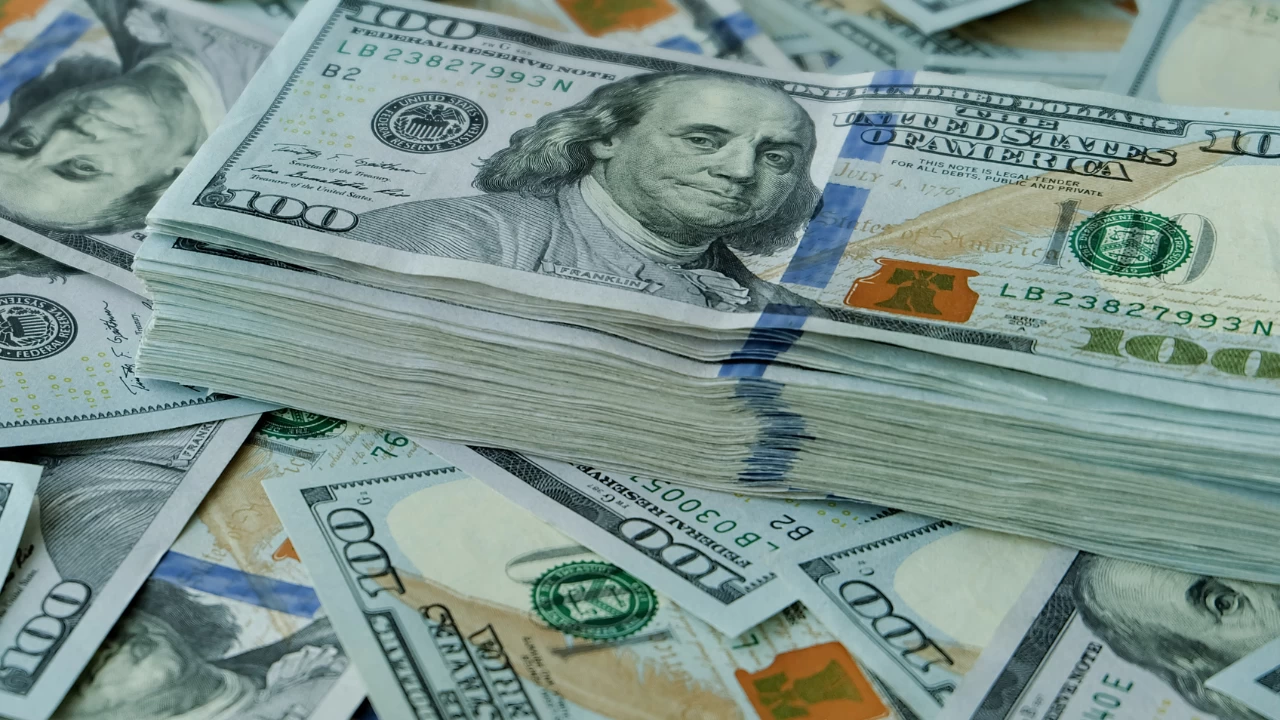
Kolkata: Pulled by a combination of factors such as suddenly swelling demand for dollars in the Indian forex market, trade-related uncertainties, the strengthening greenback riding the sentiments expressed by most of the members of the last meeting of the US Fed FOMC widespread selling and FIIs selling Indian equities, the rupee dived by as much as 98 paise to close at its record low of 89.66 against the US dollar on November 21. It has been marked as the sharpest fall in the past three years. The record fall in one day took place on February 24, 2022 when the INR fell by 99 paise.
Analysts also pointe out that the sudden demand for dollars on Friday was not really expected. Though the US currency appreciated, the dollar index was up but marginally. Gold too was stable and crude oil futures were also lower with the Brent crude at 2.18% lower at $62 a barrel. The demand for dollars was mostly from the domestic forex market.
Forex market traders said that investors were concerned by a bubble that could be gathering around the AI-related stocks that have seen meteoric rise over the past few months in the global markets. Reports said that on November 21, the rupee opened almost flat at 88.67 at the interbank forex market but began displaying a lot of volatility in the afternoon session.
At BSE Sensex 30 fell 400.76 points (0.47%) and Nifty 50 dipped 124.00 points (0.47%). The net FII selling on Nov 21 was not yet available though on Nov 20 they sold equities worth Rs 1,766.05 crore.
While analysts expected the Reserve Bank to step in to prevent further slide of the rupee, RBI governor Sanjay Malhotra said on Nov 20 that they do not target any specific level for the rupee, meaning thereby there is not level that will automatically trigger a central bank intervention. He also felt the decline of the INR against the US dollar in the past few days is mostly on account of uncertainties after the high tariffs by the Donald Trump administration.
"We do not target any level. Why is the rupee depreciating? (It) is because of the demand. It is for the markets to decide... It is a financial instrument, and there is a demand for dollars, and if the demand for dollars goes up, the rupee depreciates; and if the demand for the rupee goes up, the dollar comes down, then it appreciates," Sanjay Malhotra said in New Delhi.

